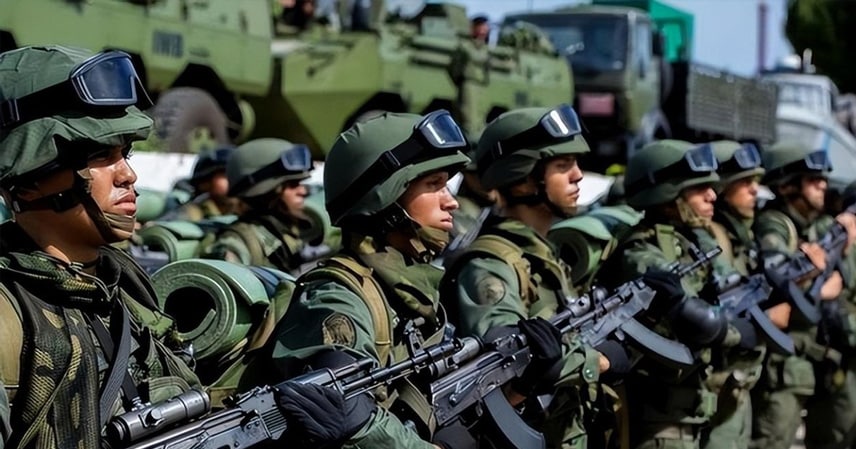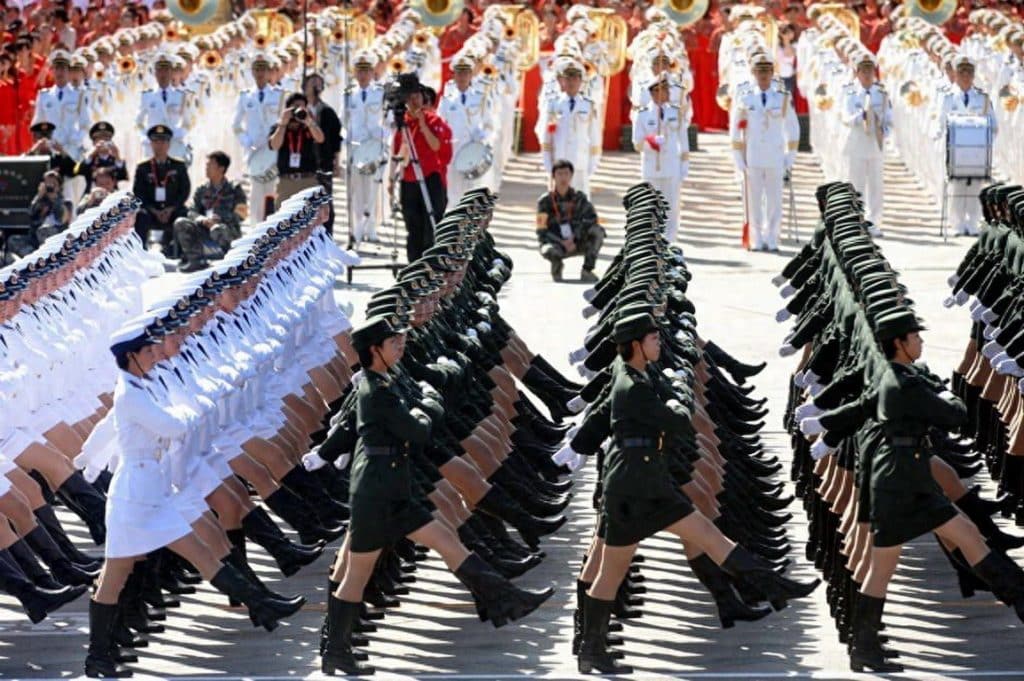Since the U.S. military struck alleged Venezuelan drug-trafficking vessels, sinking four ships and killing or wounding around 17 unidentified individuals, speculation has mounted that Washington may escalate toward a full-scale attack on Venezuela. In response, Caracas has mobilized millions of militia members, preparing for the worst.
At this point, Venezuela is essentially fully mobilized, awaiting only President Trump’s order to open fire.
Washington’s Plans: A Strike Just Weeks Away?
U.S. media recently revealed that the Department of War, led by Hegses, is drafting a detailed plan for military strikes against Venezuelan targets. According to NBC News, the operation could be launched within weeks.

The official justification: drug trafficking and cartel suppression. But critics quickly pointed out the similarity to Colin Powell’s infamous UN presentation of a “white powder vial” before the Iraq War—a flimsy pretext for military intervention.
If Trump approves the plan, this would be the first war initiated by the newly reactivated War Department. When pressed for confirmation, the White House neither denied nor confirmed the report, instead responding with a cryptic: “Wait and see.”
Military Build-Up Around Venezuela
The U.S. has already staged a powerful strike group near Venezuelan waters, just 50 km off its coast.
- Naval assets: warships armed with Tomahawk cruise missiles.
- Airpower: F-35 stealth fighters, B-2 bombers, and support aircraft based in Puerto Rico.
- Surveillance network: MQ-9 Reaper drones and P-8 Poseidon patrol aircraft.

Together, these forces form a 1,500 km firepower net, effectively placing all Venezuelan maritime activity under American surveillance and threat.
Hegses even declared during an inspection aboard the USS Iwo Jima that this was “not an exercise but preparation for real combat.” Meanwhile, over 800 top U.S. generals were recalled to Washington for a “Warrior Spirit” training program—seen by analysts as a pre-war indoctrination effort, unusual for a military that prides itself on technological dominance rather than morale building.
Questionable Justification: Is Venezuela Really a Narco-State?
The drug-trafficking argument appears flimsy. Data shows Mexico accounts for nearly 89% of regional narcotics, while Venezuela’s share is only 1.2%. Washington once threatened military intervention in Mexico but was flatly rejected. Now, the same reasoning is being applied to Venezuela—a weak excuse at best.
This narrative aligns with former CIA director Mike Pompeo’s infamous admission: “We lied, we cheated, we stole.”

Venezuela’s Defenses: Not a Soft Target
Despite its economic troubles, Venezuela is not defenseless. The military fields Russian S-300VM air-defense systems and Buk-M2E missiles, posing a serious threat to U.S. naval vessels offshore.
Other capabilities include:
- Chinese radar systems with a 500 km detection range, reportedly locking onto U.S. F-35s, forcing them to retreat under the pretext of “avoiding a typhoon.”
- Beidou satellite navigation, preventing reliance on U.S. GPS.
- Possible deployment of China’s HQ-9B air defense systems, further strengthening strategic defense.
- Additional Chinese-manufactured military equipment, boosting Venezuela’s layered defense.
These assets suggest that any U.S. strike could face unexpected resistance, raising the stakes of escalation.
Latin American Solidarity and Global Curiosity
Most Latin American nations have publicly sided with Venezuela, condemning Washington’s actions. Globally, there is strong curiosity about how Chinese-made systems will perform if tested in combat, especially after Pakistan’s successful use of Chinese equipment in previous confrontations.
If war breaks out, Venezuela may become the next test case for Chinese defense technology against U.S. power projection.
References
- NBC News reports on U.S. military planning
- Open-source defense and regional security data



